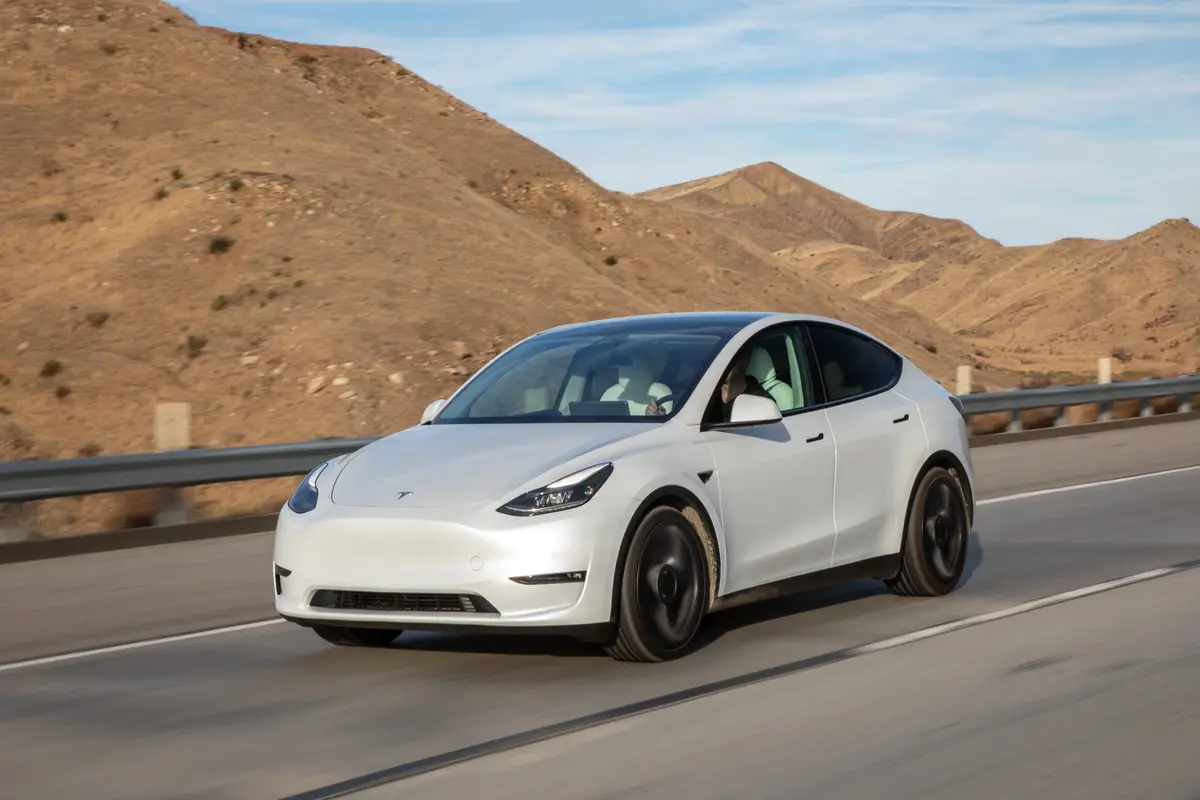Tesla Model 3 and Model Y Prices Rise Again; Each Up $1,000


As interest in electric vehicles continues to rise due to skyrocketing gas prices, two popular EVs are also seeing a price bump. Tesla’s Model 3 Long Range sedan and Model Y Long Range and Performance SUV variants now cost $1,000 more.
Related: 2021 Tesla Model Y Review: Have Your Cake and Eat It, Too
While the Model 3’s base rear-wheel-drive trim keeps its $46,190 price tag (all prices include a $1,200 destination fee), the dual-motor, all-wheel-drive Long Range model — with an EPA-rated 358-mile range — now starts at $53,190. That’s according to an Internet Archive crawl of the order page for March 4, when the price for the same model was listed as $52,190. The Model 3’s top-tier Performance trim keeps its $60,190 starting price.
The Model Y sees the same price jump for both of its two trims: The Long Range model — EPA-rated at 330 miles of range — now starts at $61,190. That’s up from $60,190 on March 5. The Performance model, which gets a Tesla-estimated higher top speed of 155 mph, now starts at $66,190, up from $65,190.
The latest price hike follows a series of similar increases for Tesla’s most affordable cars last year. According to Reuters, the automaker raised prices for the Model 3 and Model Y about a dozen times in 2021. The Model Y Long Range SUV is now 20% more expensive than it was in January of last year, and the Model 3 Long Range sedan’s price has climbed 10.6%.
Tesla isn’t the only EV manufacturer to raise its prices in recent weeks. Rivian’s CEO announced major price increases for its R1T pickup truck and R1S SUV in early March. The prices for the company’s first two models catapulted almost 18% and 21%, respectively, and initial reports indicated the increases applied to orders that had already been placed. After some customer backlash, the company reinstated the original prices for anyone with a reservation made on or before March 1, 2022, while keeping the higher prices for any new reservations.
Rising costs of raw materials are likely key drivers of the escalating prices. On top of the ongoing supply chain disruptions, the recent conflict in Eastern Europe is exacerbating material shortages. According to automotive analytics firm AutoForecast Solutions, Russia’s invasion of Ukraine will take a toll on automotive production; the region is a major supplier of rare earth metals such as palladium (used in catalytic converters) and nickel ore (used in lithium-ion batteries, like those in EVs).
More From Cars.com:
- Tesla Hikes Price of Full Self-Driving Package; Cybertruck Production Date Disappears
- We Bought a 2021 Tesla Model Y
- Tesla SUV Buying Guide
- Best Electric Vehicle of 2022
- Here Are the 11 Cheapest Electric Vehicles You Can Buy
Related Video:
Cars.com’s Editorial department is your source for automotive news and reviews. In line with Cars.com’s long-standing ethics policy, editors and reviewers don’t accept gifts or free trips from automakers. The Editorial department is independent of Cars.com’s advertising, sales and sponsored content departments.

Former News Editor Jane Ulitskaya joined the Cars.com team in 2021, and her areas of focus included researching and reporting on vehicle pricing, inventory and auto finance trends.
Featured stories




